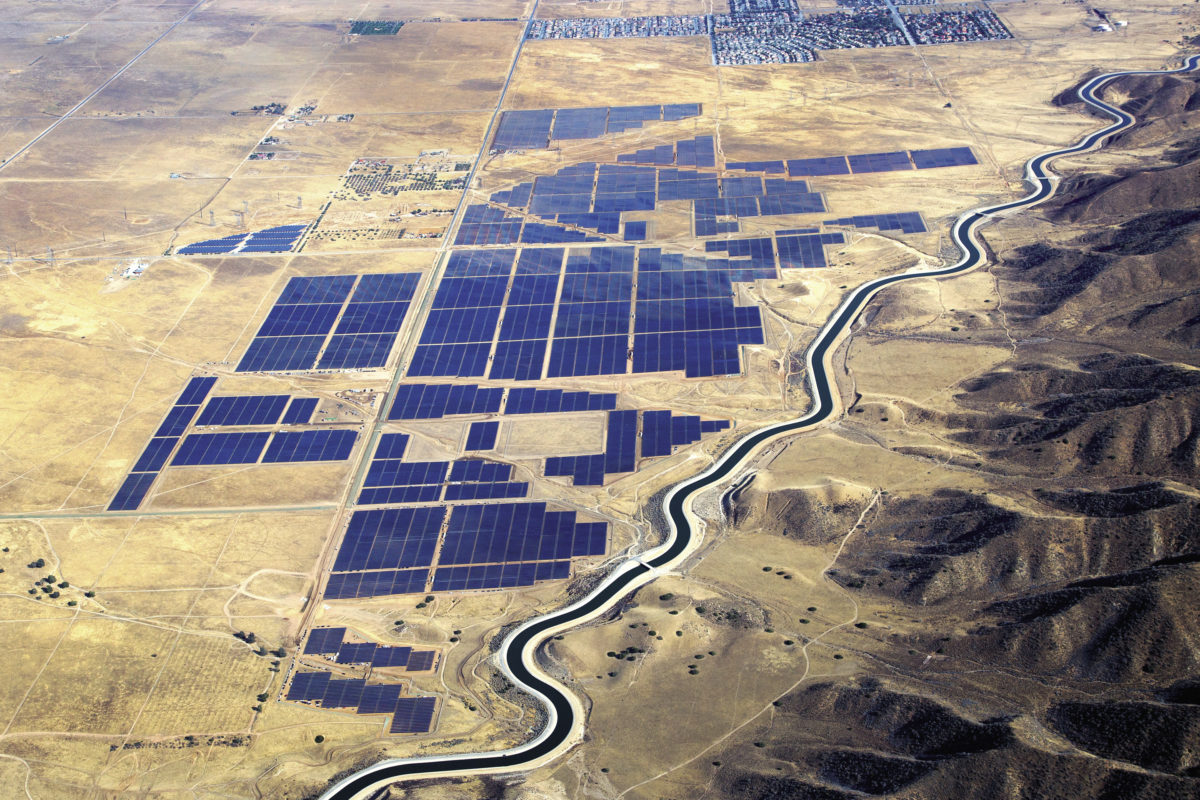On a day when Chinese solar manufacturing rivals Comtec and Solargiga were preparing to push out first-half results covered in red ink, and urging investors to wait for a second-half recovery, JinkoSolar issued an update indicating it already has all its ducks lined up in a row.
In a three-month period which saw new solar projects in China dry up in the face of a delay in publishing Beijing’s new solar policy – and which saw the selling price of PV modules again take a pummelling – JinkoSolar’s gross margin slipped only 0.1% from the opening three months of the year, to 16.5%. If the manufacturer’s business outlook is to be believed, that figure will be rebound to 18-20% during the current quarter.
While China stagnated, orders from the rest of the world poured in, enabling Jinko to ship 3,386 MW of modules from April to June, up from 3,037 MW in the first quarter and from 2,794 MW in the second quarter of last year, when China was still riding its previous solar boom. That added up to net income of RMB125 million ($17.5 million) for the quarter, up from RMB40.2 million in the previous reporting period.
“A number of emerging overseas markets are quickly reaching gigawatt level as the cost of PV power generation continues to decline,” wrote CEO Kangping Chen, “which is creating enormous opportunities for us, and our high-efficiency mono products in particular.”
All set
If the anticipated 29 GW of new capacity arrives in China in the remainder of the year and growing markets overseas continue, Jinko appears well placed to ride the wave, with Cheng stating the company was accelerating already ambitious plans to ramp up its production capacity.
The Shanghai-based company’s new high-efficiency mono production facility in Leshan is expected to reach 5 GW of an eventual 16.5 GW annual output this year as Jinko’s wafer production capacity rises from 10.5 GW to 15 GW, cell output goes up from 7.4 GW to 10.5 GW and as module capacity rises from 12.6 GW to 16 GW. Those end-of-year totals are set to include 11.5 GW of mono capacity, 9.7 GW of PERC cell output and 800 MW of n-type cell production.
If the company achieves 3.2-3.5 GW of module shipments in the current quarter – and revenue of $980 million-1.07 billion – even short term borrowings of RMB7.1 billion and RMB6 billion of notes payable will appear palatable.
Hit those sort of returns and, as Cheng states, this year truly will prove to “be a milestone for the global solar industry as grid parity rapidly approaches”.
This content is protected by copyright and may not be reused. If you want to cooperate with us and would like to reuse some of our content, please contact: editors@pv-magazine.com.




2 comments
By submitting this form you agree to pv magazine using your data for the purposes of publishing your comment.
Your personal data will only be disclosed or otherwise transmitted to third parties for the purposes of spam filtering or if this is necessary for technical maintenance of the website. Any other transfer to third parties will not take place unless this is justified on the basis of applicable data protection regulations or if pv magazine is legally obliged to do so.
You may revoke this consent at any time with effect for the future, in which case your personal data will be deleted immediately. Otherwise, your data will be deleted if pv magazine has processed your request or the purpose of data storage is fulfilled.
Further information on data privacy can be found in our Data Protection Policy.